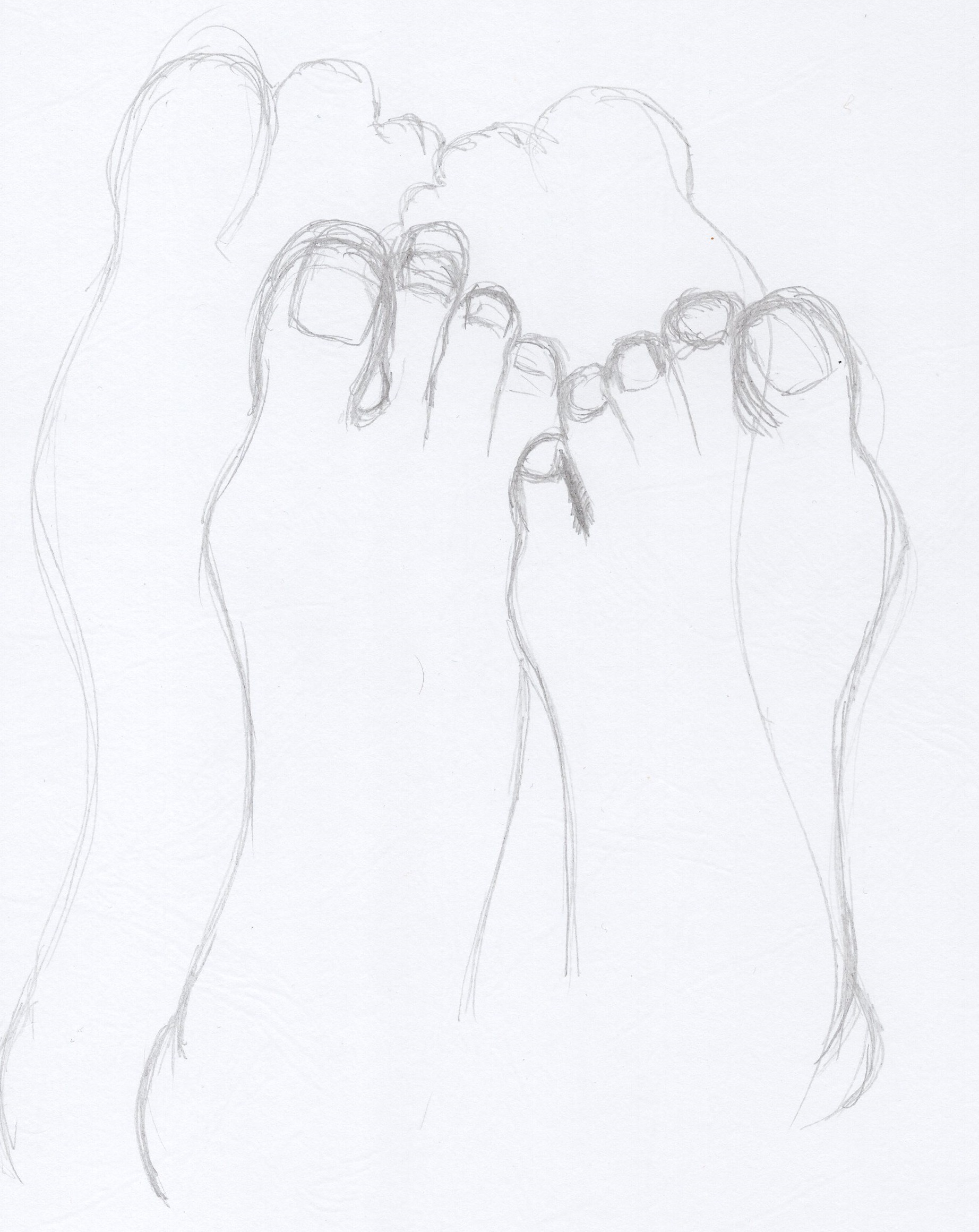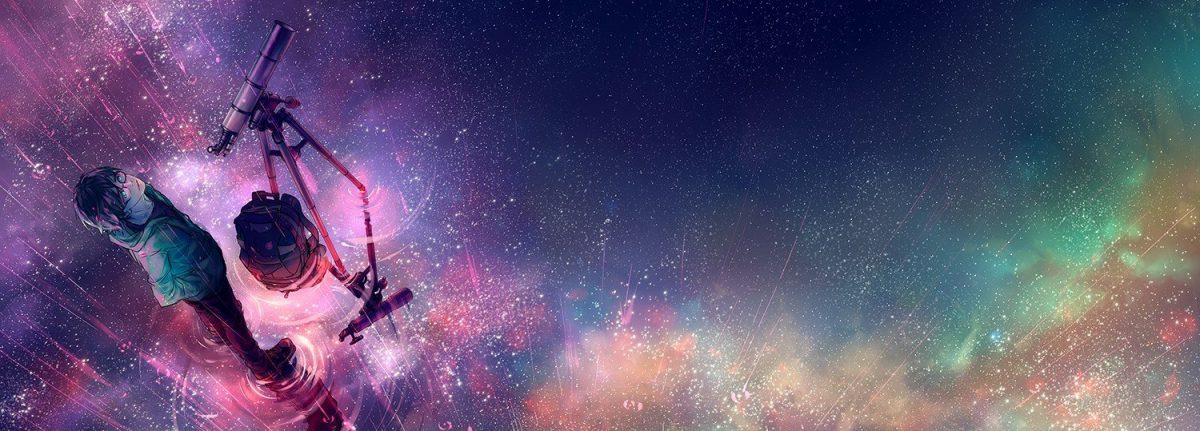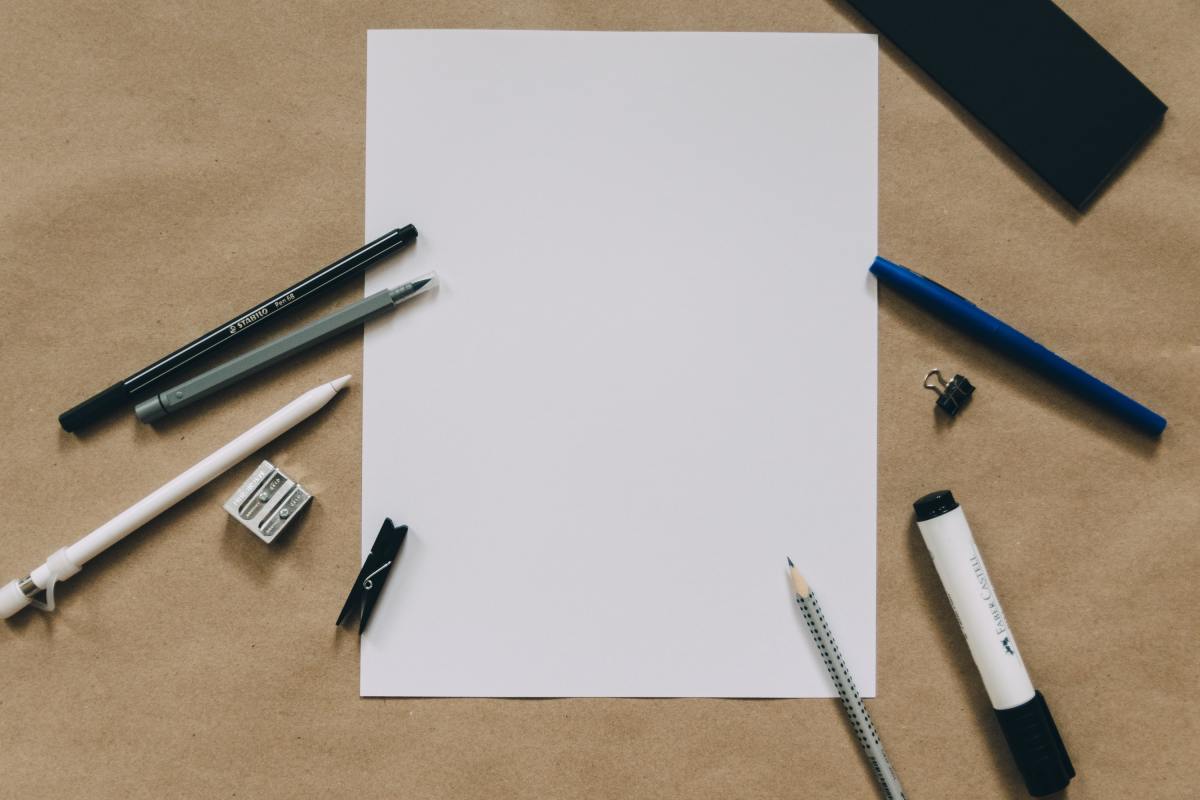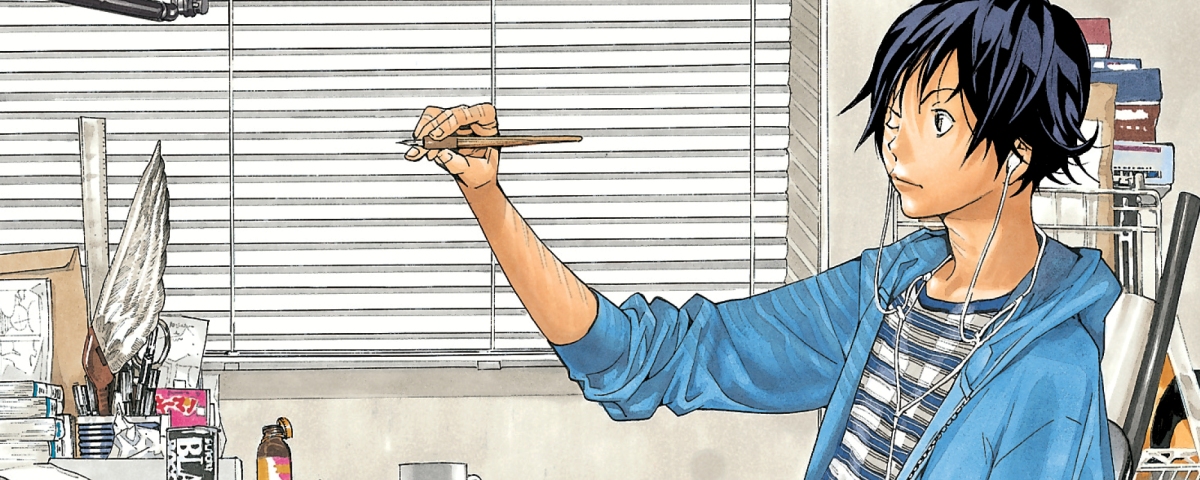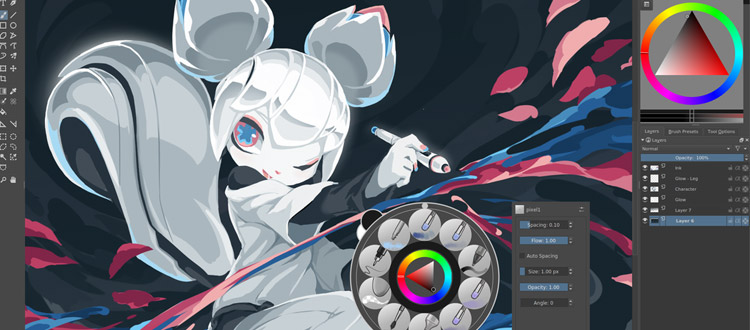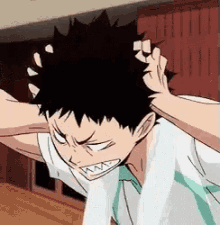Drawing is tough.
It is even harder when you have a toddler to keep an eye out for. I got out of that particular fix once I moved to Calgary and I was able to allocate office space for myself at my new home. All of this took well over three months (between December to February), so drawing had to be on the backburner for a while (another reason for the lack of follow up posts in The Art Corner).
Now, having eased into a working routine this month, I was ready to go crazy with my art and keep up with the good vibes I had with my previous drawing of an eye back in November.

Unfortunately, the restart began with me careening into a major roadblock. Suffice to say, it took a lot of effort to overcome this obstacle. To relate this story, I need to revisit my childhood memories. Back then, I used to draw A LOT (art competitions, drawing classes, and a large stash of comics and kids magazines kept my creative juices flowing). What defined my work was the clarity with which I was able to approach whatever I wished to draw. I enjoyed the process.
Unfortunately, growing up has its toll.
In my case, drawing became less of an active interest by the time I finished my secondary education and it was science galore once I started university. It wasn’t until I began my doctoral studies that my continued passion for writing stirred my long-forgotten love for drawing. With every story I worked on, I really wanted to bring the worlds of my imagination to life on a piece of paper.
Long story short, I had to hit the drawing board again.
As I sat down to restart my drawing adventures this March, it became very obvious very quickly that my mindset needed a major shift. It wasn’t a case of, “I can’t draw!” Rather, after 12 years at university, my mind had grown accustomed to a strictly logical thought process. This had its fair share of benefits when I had to solve physics problems and what not but it didn’t translate well into my art process.
Incorporating a systematic approach to my art helped me easily build on specific skills such as the ability to deconstruct images into basic geometric shapes and objects. This was great for getting the basic structure of my subject, but when it came down to molding these geometric shapes to match reality, I found myself spending more time critiquing the details as opposed to getting my drawing done. This made even simple drawings and assignments very taxing. I realized I was thinking too hard, and needed to “let the art flow” and “loosen up.”
That was easier said than done, especially when it had to accompany a huge shift in mindset. Logic doesn’t follow very smoothly in art and part of drawing is to learn to be ok with restating and imperfections. That was a tough nut to crack for me.
Ironically, having a toddler running around in the house helped in this aspect. By the time I sat down to draw every evening, I was too tired mentally to engage as a critic. Rather, the process gradually shifted to just putting pencil to paper, being relaxed with my approach, and most importantly, being OK with it.
This made the difference. Moral of the story, “Keep it simple. Look, hold, and draw.”
So here we are with the pieces that I got to work on recently:
